Hyundai presents new XCIENT fuel cell truck and test autonomous driving
At this year’s Advanced Clean Transportation (ACT) Expo in California, Hyundai Motor Company introduced the North American version of its XCIENT Fuel Cell heavy-duty truck and disclosed a new development partnership with US-based autonomous driving software company Plus. The new truck is based on Hyundai’s existing XCIENT platform but has been re-engineered to meet North American Class 8 specifications.
It features two 90-kW hydrogen fuel cell stacks (180 kW combined), a 350-kW electric motor, and a 72-kWh battery. The truck has ten hydrogen tanks with a total capacity of 68 kg, enabling an estimated range of over 450 miles (approximately 725 km) per refuelling under typical load conditions.
The fuel cell truck is already in use, for example as part of the NorCAL ZERO project in California, for which Hyundai delivered 30 of its XCIENT fuel cell trucks last year. The vehicle was first introduced in the US in 2023, after hitting the road in Europe, specifically in Germany, in 2022.
Hyundai also announced a collaboration with California-based Plus to integrate Level 4 autonomous driving capabilities into the XCIENT Fuel Cell platform. The first prototype was presented at the ACT Expo, combining Hyundai’s fuel cell system with Plus’s SuperDrive software. No timeline has been provided for series production or commercial deployment of autonomous versions. The goal of the partnership is to test and validate self-driving hydrogen-powered trucks for long-haul freight operations.
“Hyundai Motor believes in a sustainable future powered by advanced fuel cell technologies”, said Jim Park, Senior Vice President of Commercial Vehicle and Hydrogen Business Development at Hyundai Motor North America. “We hope to continue our partnership with Plus to add autonomous driving capabilities to XCIENT Fuel Cell trucks in the future and provide our fleet operator customers with additional solutions that improve road safety and freight efficiency. The concept shared today shows why we value this partnership and the vision for what autonomous hydrogen fuel cell trucks can deliver.”
This development aligns with Hyundai’s ongoing investment in US-based hydrogen infrastructure. Its first hydrogen production and refuelling station for the heavy-duty trucking industry, operated by subsidiary HTWO Energy, is under construction in Savannah, Georgia, and is expected to become operational in 2026. It will serve Hyundai’s new Hyundai Motor Group Metaplant America (HMGMA), which, as previously announced, will use the above-mentioned XCIENT fuel cell truck for its logistics.
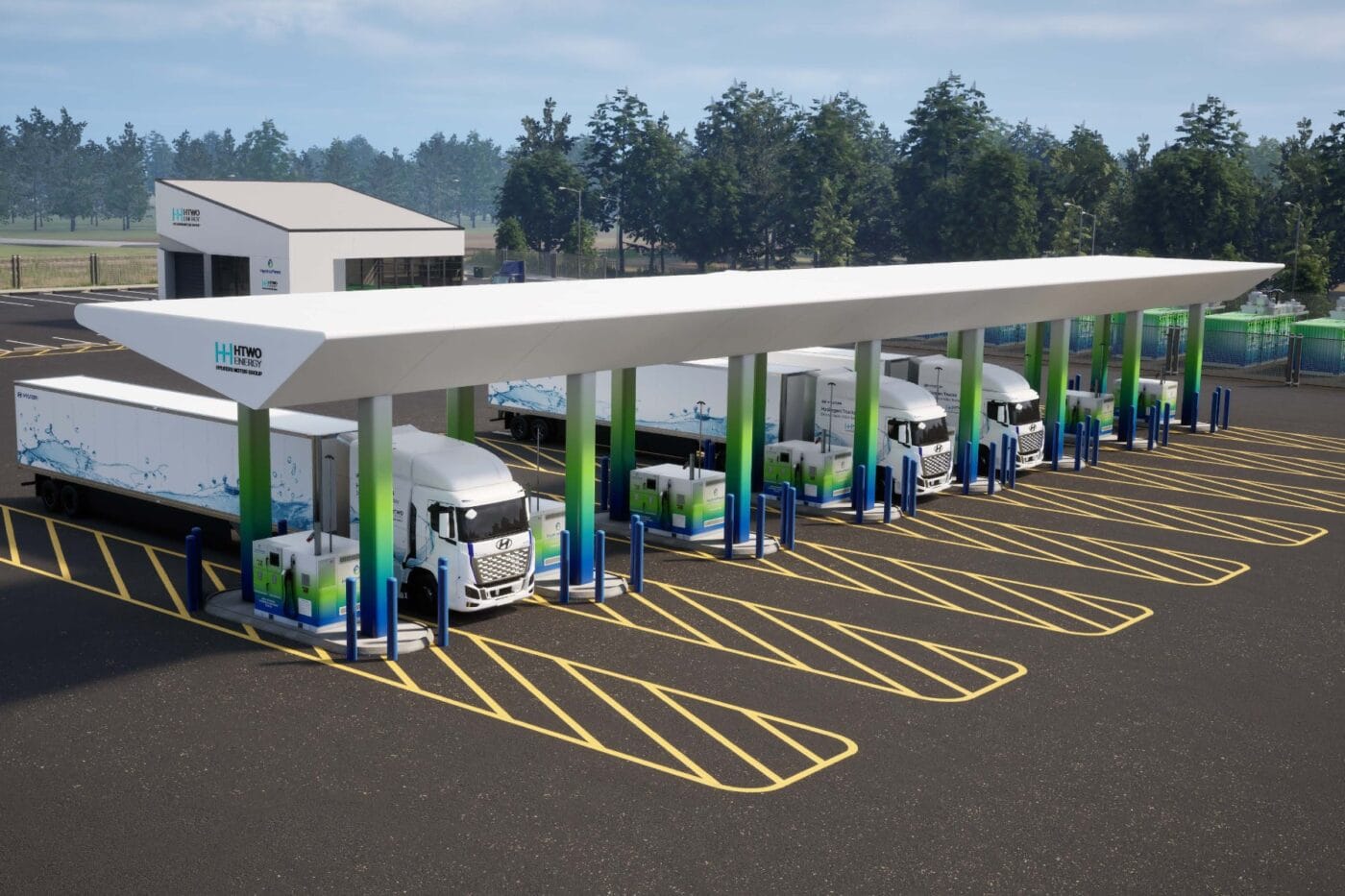
The plant will initially produce 1,200 kilogrammes of hydrogen per day. “Moving forward, available infrastructure can be scaled to support up to 4,200 kilograms of hydrogen per day to meet future demand”, the company states. The site is expected to start operations in late autumn.
“HTWO Energy Savannah is a breakthrough hydrogen production and refuelling station for the heavy-duty trucking industry, allowing zero-emissions trucks to quickly and easily refuel at a single convenient location in the Savannah region,” said Jim Park, SVP, commercial vehicle and hydrogen fuel cell business, Hyundai Motor North America. “The HTWO Energy Savannah hydrogen station will also truly fulfil our vision for HMGMA Clean Logistics, allowing our innovative new electric vehicle plant to transport plant shipments within a clean, zero-emissions ecosystem.”
hyundai.com (new XCIENT), hyundai.com (Plus), hyundainews.com (HWTO Energy)

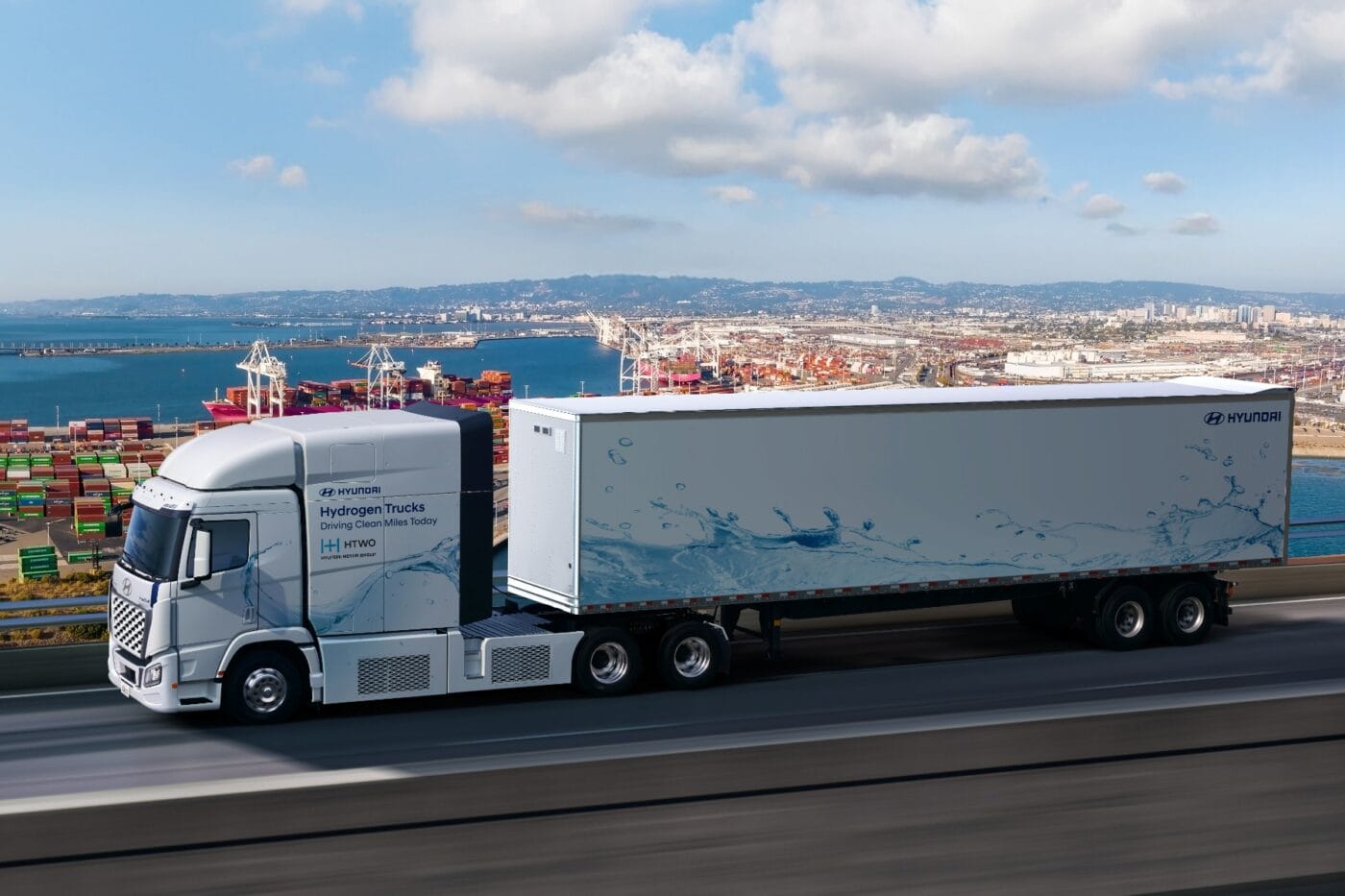
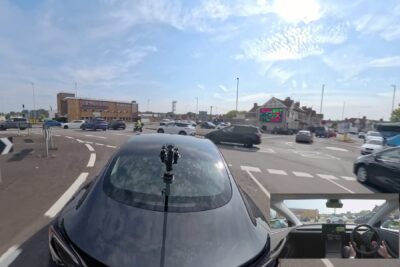
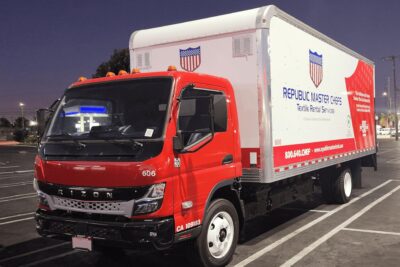
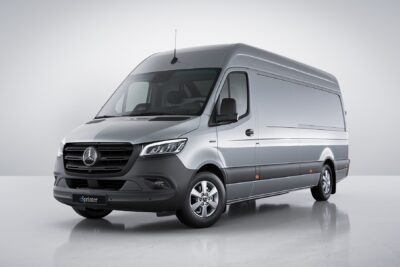
0 Comments